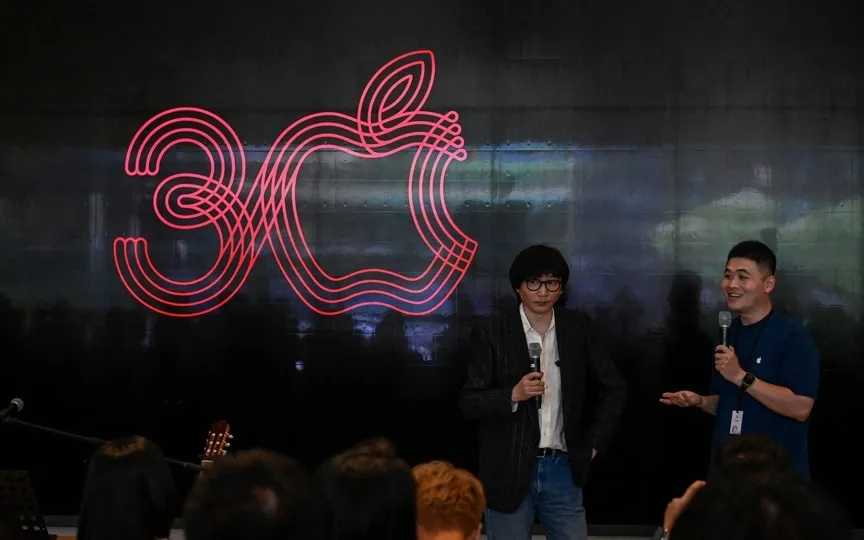Apple’s iPhone 15 Release Overshadowed by Issues in China
The world’s most valuable listed company, Apple, is anticipated to introduce its new iPhone 15 lineup on Tuesday amidst concerns regarding market access in China and competition.
The iPhone accounted for more than half of Apple’s $394.3 billion in sales last year, but it faces new challenges for sales in China, the Cupertino, California-based company’s third-largest market.
Apple’s latest phones are expected to feature new charging ports, titanium cases and cameras, but their debut at Apple Park headquarters at 10 a.m. PT (1700 GMT) comes as the Chinese government has expanded some restrictions on iPhone use.
Apple also has to contend with rival Huawei Technologies, which was its biggest competitor in China’s premium smartphone market until US export controls decimated Huawei’s phone business in 2019. Last week, Huawei started selling the Mate 60 Pro, a high-end phone that uses Chinese-made chips that some US lawmakers believed to have been manufactured in violation of US trade restrictions.
Huawei wants to gain Apple’s advantage with additional features such as satellite calling based on a Chinese government-backed network. Apple’s current iPhone lineup includes satellite capabilities, though they’re only for emergencies.
On Tuesday, Apple will likely focus on its new product range. By far the biggest change for most Apple customers is the switch from Apple’s proprietary “Lightning” charging cables to USB-C, a standard Apple already uses in its laptops and some high-end iPads.
Apple was forced to make the change due to European regulations, but analysts believe the company is positioning the change as an upgrade, taking advantage of faster data transfer speeds to transfer high-quality videos shot on iPhones.
Analysts are also expecting new “periscope” camera technology that could give the phones better zoom capabilities and titanium cases and updated chips. Such “periscope” lenses can use mirrors or prisms to achieve a longer lens without having to make the camera module much larger.
The biggest question of the day is whether Apple will reserve these features for the new flagship device and make smaller updates to its cheaper models.
“Just like we saw people who aren’t ultra-athletes buy the Apple Watch Ultra, we’re going to see a lot of people buy this, even if they’re not into cameras or photography, just because they like the latest and greatest,” said Ben Bajarin, CEO and Chief Analyst at Creative Strategies. “That in itself creates that buzz and speed and appeal at the top.”
Apple is expected to increase the average price of a phone sold to increase its revenue, but the question is whether it will do so by raising prices across the board or only on premium versions. The global smartphone market has fallen from a total of 294.5 million handsets to 268 million in the second quarter, but Apple’s shipments fell the least of any major smartphone maker, from 46.5 million to 45.3 million, according to data from Counterpoint Research.
“The truth is that the smartphone market is very much in decline,” said Bob O’Donnell, president of TECHnalysis Research.
O’Donnell also said he was looking for clues about Apple’s plans for the so-called about the technology trend behind applications such as generative artificial intelligence, OpenAI’s ChatGPT, and the “Copilot” assistive technology in Microsoft’s Office software.
Analysts have repeatedly advised Apple of its plans for the technology, but the company has so far given few hints, aside from CEO Tim Cook’s comments in July that the company’s secretive work on the technology is increasing its research spending.
“Is Apple teasing an advanced form of Siri? That would be something to get excited about,” O’Donnell said.




